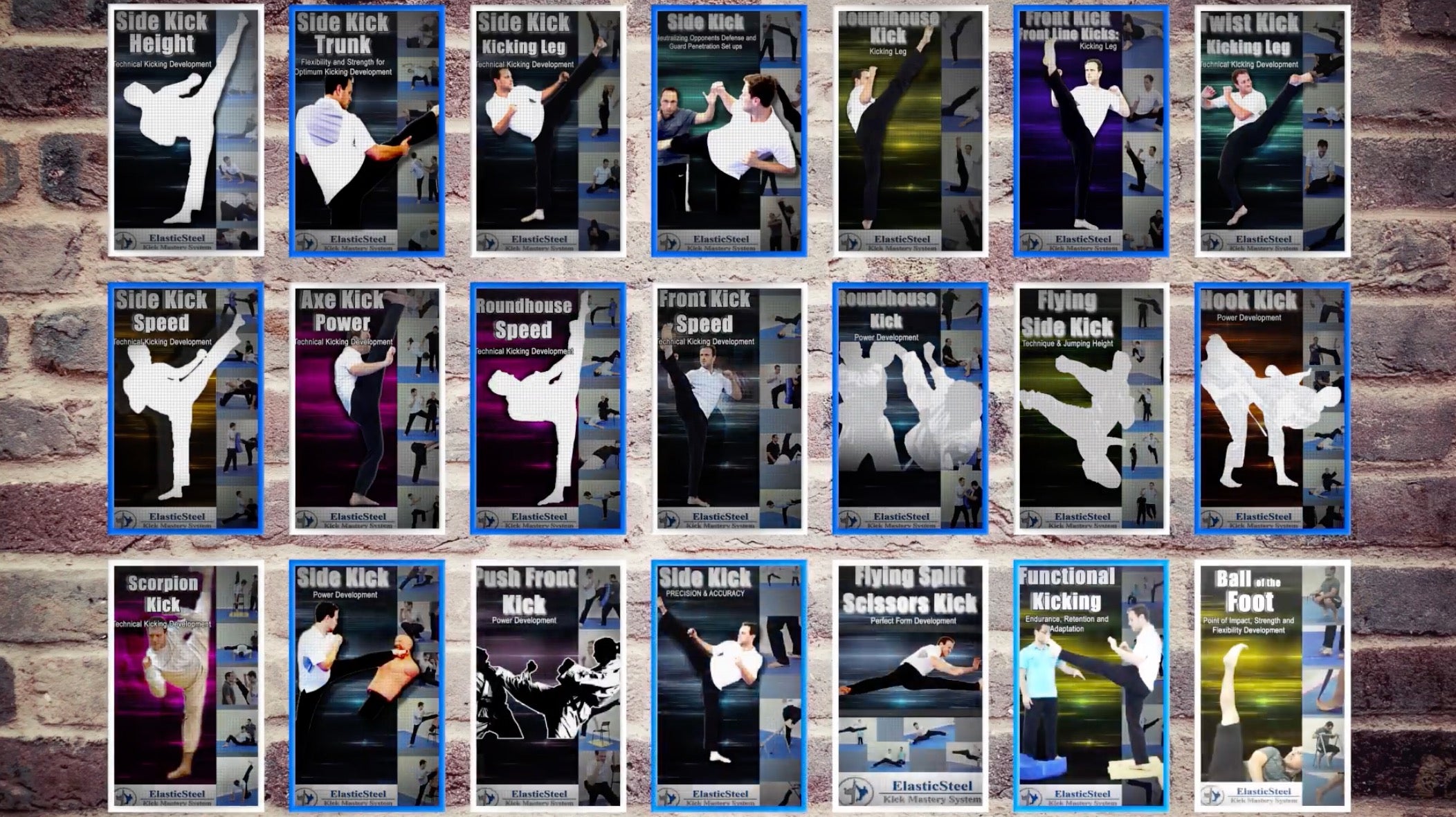Why Some People Never Master Their Skills After Years of Training and Others Master Them Fast
The real reason why so many people spend years in martial arts and never master certain techniques. While others master them in weeks or months.
The biggest problem in martial arts training is training for everything and not knowing what one is training for. It’s not trying to hit two birds with one stone, it’s trying to hit 20 birds with one stone.
This is why some people master techniques in weeks or months and other don’t master them in years or decades.
- Trying to be “good at martial arts” is like “trying to be good in school”. What does that really mean?
Do you go to school, just to go to school, just enter the building and sit in each class, copying from the board? Or you go to school to learn specific subjects and become proficient in them? To learn skills and become masterful at them?
Why do you go to class?
Do you go to martial arts to just kick and punch and throw and grapple, and as long as you do it, you can put a check mark that you did something? OR do you go there to improve your skills and eventually master them?
There is nothing to wrong with doing Taebo type kicks and punches. It’s good for general fitness. However if you are looking to master speed, power, focus, control, precision, etc, you can’t do a martial arts version of Zumba or Jezzercise and think you are doing something.
As person who been studying martial arts through the lens of biomechanics, kinesiology and motor learning, I can tell you, if you want to master techniques and yet think martial arts is a “fitness class” you are wasting your time.
Modalities
You see. Every modality of each technique is kinesiolgically and biomechanically unique. (Modality being, speed, power, focus, endurance, etc) and has to be approached differently.
Training Progressions
You see a training progression to develop power is different than the one to develop speed. And speed training of one kick is completely different than speed training of another kick.
There are specialized progressions to each. If you don’t train the progressions, and just train “the kicks” or “the punches” you are doing taebo or Zum Zum type aerobics. Maybe with some visualization and intent, but still not much more.
Scientific Martial Arts Training
Martial arts in general is far behind certain other sports, when it comes to scientific training. Even the amount of scientific research available on kicking and punching, throwing and grappling is tiny compared to baseball, football, basketball, even tennis, volley ball or swimming skills.
Proper progressions are becoming second nature in various sports, while in martial arts it’s a novelty. I know this because whenever I show progression to a martial artist, the response is “wow, I had no idea”.
- How often do you see a white belt, without a proper flexibility or balance trying to throw a kick…
- With out proper technique trying to punch fast. Without speed or focus trying to hit hard.
Many Instructors don’t’ know any better unfortunately. They are trying to do step 5 without step 1,2,3,4.
You see a gymnast who is working on Iron Cross or Planche is actually working on a progression to that skill. There are progressions in the sport and it’s a given.
The Role of the Instructor
In martial arts an instructor is often nothing more than a model (if he has good kicks himself) or a motivator. He can only say, “no, look, do it like this” or stand there and yell, “harder, kick hard, puncher hard” and that’s it.
I witness this all the time. All the time. People with no technique are encouraged hit “harder”. But in a normal motor learning progression, this is how it goes:
Let’s say we are talking about a Side Kick.
1- First conditioning and range of motion is developed.
If you can’t even lift your kicking leg to the target even with the help of a partner and definitely can’t hold it at target height, how will you kick there? Is your torso strong and flexible? Is your kicking leg fully extended? Is it turned in? Is the supporting leg turned out?
2- Second is balance. Can you stand on one leg, while your body is in position?
Only after that the technique is learned.
- Can you do the movement properly, with the whole body working as a unit?
- Do you have the endurance to perform the kicks repeatedly?
If not, you won’t have enough stamina to “mass practice” the technique, to develop the other modalities.
3- Following is focus and precision. What is the point of speed and power, if the kick does not go to the intended target?
4- Ok, next is point of impact. Can the point of impact, handle the impact? If not, then no amount of power will matter. Will the wrist or ankle buckle on impact? Will it hurt and force the nervous system to pull back, before full energy of the strike is delivered.
5- After that is speed, acceleration, explosiveness. This get’s the kick ready for the next step.
6- Power should come after acceleration as its’ the component of Force. And what good is power if, the kick is not fast enough to reach the target.
7- After power comes technique application, retention, timing, automatization and other stuff.
The Kicker
But here is the kicker. (no pun intended). Each of those modalities (speed, power, focus, etc) has its own progression. You don’t progress to focus how you progress to speed. You don’t progress to endurance, how you progress to power, etc.
So now you now that, when someone says, “I am working on my side kick” is really is vague statement, from the scientific point of view. What modality are you working on? What progression are you following? If someone can’t answer that, then they are doing Zum arts or Martial fitness.
That is great for fun, fitness and even health, but it’s not a real growth in the skill.
In the coming articles, I will address each modality and what it takes to improve each.
- Paul Zaichik, founder of ElasticSteel Method of Athletic Conditioning, EasyFlexibility and Zaichik Stretching Techniques (ZST)
Click Here to Find Out About the Latest Kick Training Programs
© ElasticSteel Corp., EasyFlexibility, Paul Zaichik, et. El., 2022. No part of the materials available through ElasticSteel.com, EasyFlexiiblity.com, site may be copied, photocopied, reproduced, translated or reduced to any electronic medium or machine-readable form, in whole or in part, without prior written consent of Paul Zaichik EasyFlexibility.com, Elasticsteel.com.. Any other reproduction in any form without the permission of Paul Zaichik EasyFlexibility.com, Elasticsteel.com is prohibited. All materials contained on this site are protected by United States copyright law and may not be reproduced, distributed, transmitted, displayed, published or broadcast without the prior written permission of Paul Zaichik, EasyFlexibility.com, Elasticsteel.com.


Leave a comment